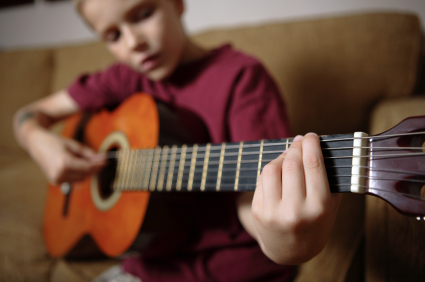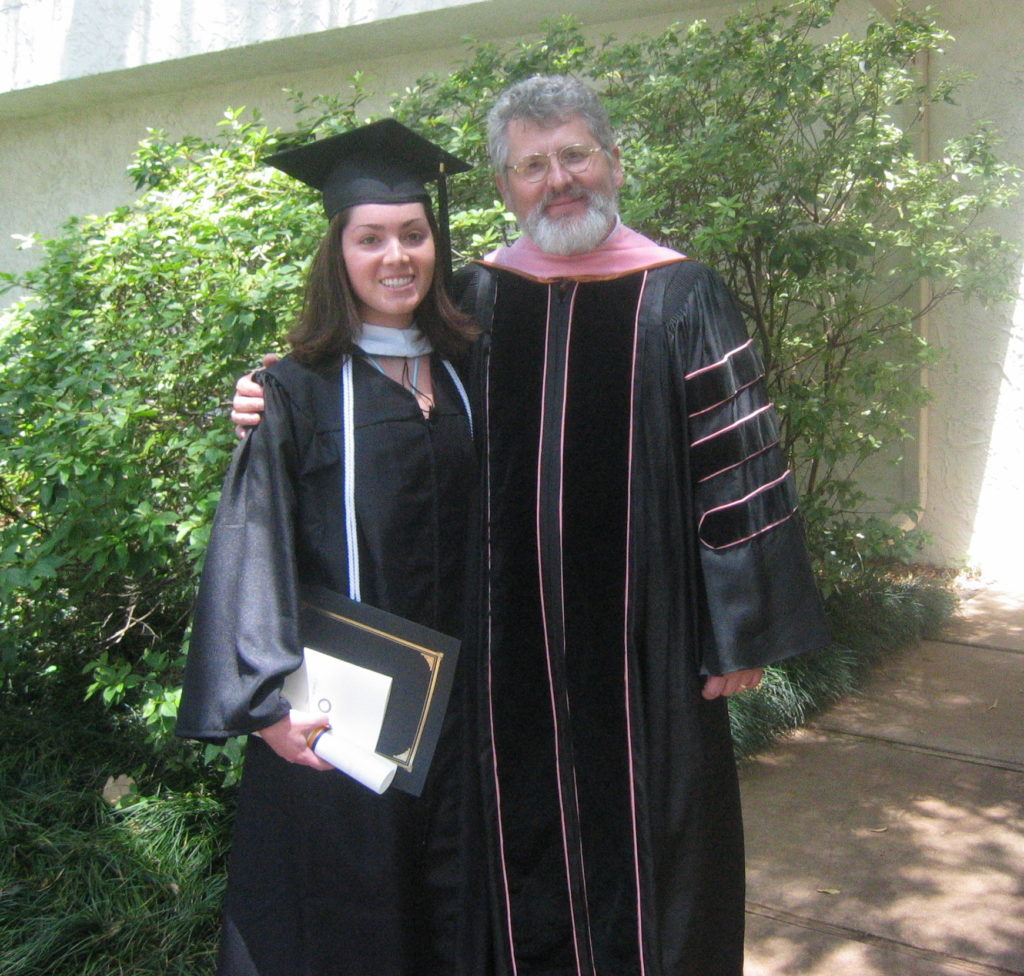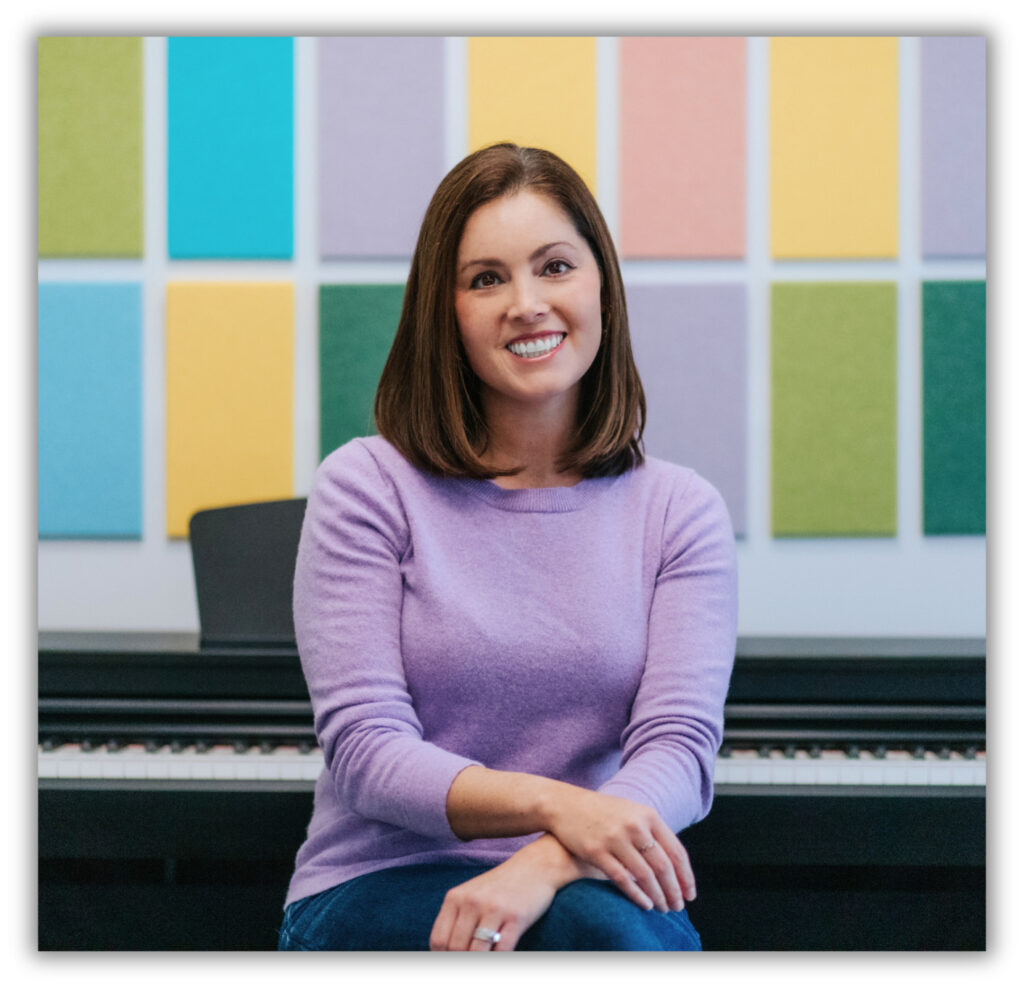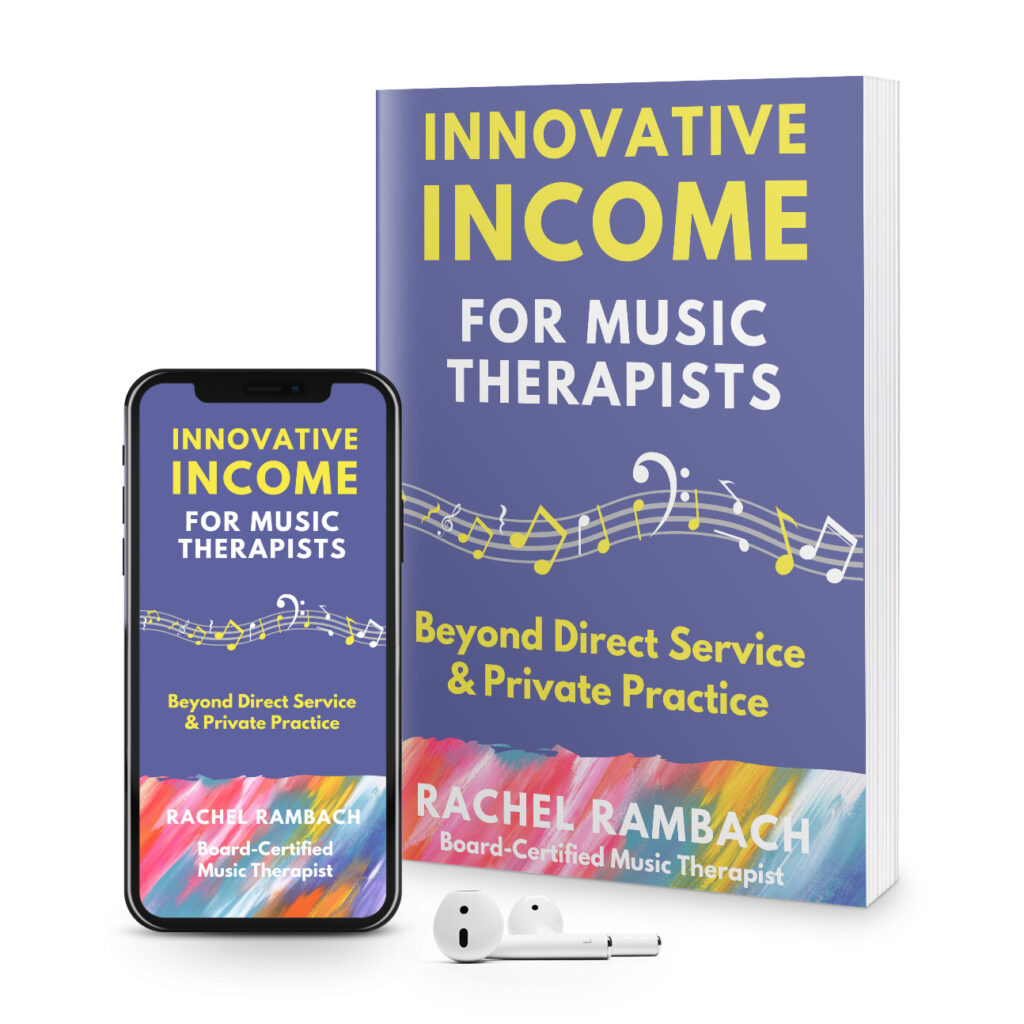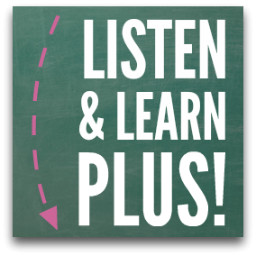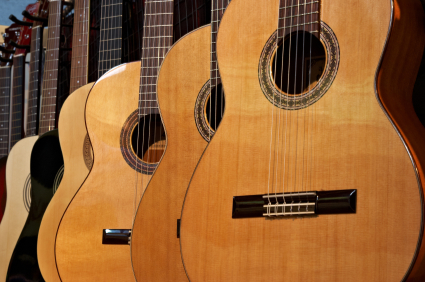
This is the first of a two-part article series by guest author Aaron Schulman.
Have you ever heard someone say, “I’m a hands-on learner,” or, “I have to see it to understand it”? Developmental psychologist Howard Gardner tells us that there are (at least) 7 Multiple Intelligences (learning styles) that affect the way people learn. He theorizes that people develop intellectually within these seven different areas and all cognitive development must be measured using each area. Whether you are the best acoustic guitar player in your town or have trouble holding a tune in a bucket, your children can benefit from music education, building up and growing their different learning style or multiple intelligence capabilities. These Multiple Intelligences (per Gardner) are as follows:
• Linguistic
• Logical-mathematical
• Spatial
• Bodily-kinesthetic
• Musical
• Interpersonal
• Intrapersonal
Linguistic style means using written and oral language to learn. People with strength in this area may learn by reading, note-taking, and listening. Logical-mathematical learners analyze problems. These are people who tend to look at each challenge logically and try to solve it with rational problem-solving skills. Spatial intelligence is using visual and creative thinking in abstract ways (including visual and dimensional learning). Bodily-kinesthetic learning is the ability to coordinate your mind and body to achieve a goal (great athletes could have higher core competencies in these areas). The musical learning style is expressed as ability in patterns, performance, and composition with music literacy. Interpersonal intelligence is the capability of working with and understanding others. Finally, intrapersonal intelligence is having an acute understanding of oneself that sets a standard of living (solid self-awareness skills including strengths and weaknesses).
Each person will develop cognitively within these seven styles of learning. Individuals will have varying degrees of strength in each area. Even children from the same family will invariably have different personalities and learning styles. From many other psychological studies, we know that children’s cognitive development increases at the greatest rate from birth to age seven; and from there it continues to increase more gradually. We also know that we can significantly affect children’s rate of learning with varying stimuli (challenging their development through different learning modalities listed above).
You may be saying to yourself right now, wait a minute – I thought this was an article about playing the acoustic guitar? It is. As it turns out, musical ability and cognitive growth have a very strong bond. One particular stimulus you can use to help your child grow in almost every one of the multiple intelligences is music. As a child learns to play an instrument, they must use several different areas of the brain and several modalities of cognitive learning will develop. In learning to read sheet music, discovering beat and tempo, and using body positioning to play an instrument properly, you can already begin to see a large platform of learning styles utilized.
Scientific studies have also shown that being educated in music leads to higher intelligence in spatial and mathematical development. Specifically, as a child learns patterns, rhythm and pitch, they are actually developing their logical-mathematical reasoning and processing. In teaching your child a musical instrument, you are really helping your child’s brain development in a more well-rounded approach; not to mention the great quality time it provides for parent and child.
(Check out http://serendip.brynmawr.edu/exchange/node/1869 For some great information on Dr. Gottfried Schlaug’s research on music students’ developing greater corpus callosum growth and activity. You will also find studies on what is called the Mozart effect on the development and enhancement of spatial memory for music students.)
Studies show that children are capable of developing rhythm and movement even before they are able to speak. In children as young as twelve months, scientists have noted a marked positive influence when a child listens to and explores music and instruments. Children who learn musical instruments before the age of 7 show a tendency to develop a larger, more robust corpus callosum (the neural network that connects both left and right halves of the brain and helps both halves of the brain to communicate). (See aforementioned website for further information on this study.)
Let’s get more practical:
We’ve discussed what music can do for children in general, but what can it specifically do for your child? For infants to young toddlers, music develops their musical and kinesthetic intelligences as they move their arms and legs to the sounds and discover rhythm. For children about three to seven years of age, learning to play a musical instrument helps develop the neural connections in the left and right brain hemispheres. Older children also benefit cognitively from learning musical instruments. Added to that, older children also develop interpersonal and intrapersonal communication skills when receiving lessons and spending quality time with others, especially a parent or other loved one.
All in all, the benefits your child will receive from learning to play an acoustic guitar or one of many other musical instruments will make it worth doing. And you as a parent will receive as much from the quality time you spend learning with and teaching your child.
Look for Part 2 of this series on Monday, December 19.
About the Author: Aaron Schulman is a husband, father, teacher, and experienced guitarist. He enjoys sharing what he has learned through Psychology education and his research into music, especially acoustic guitars, with his readers on his guitar review site, StrumViews.com. You can read more reviews like one on the Taylor 110e, or several other including Aaron’s “best acoustic guitar for under $1,000” series of reviews.

